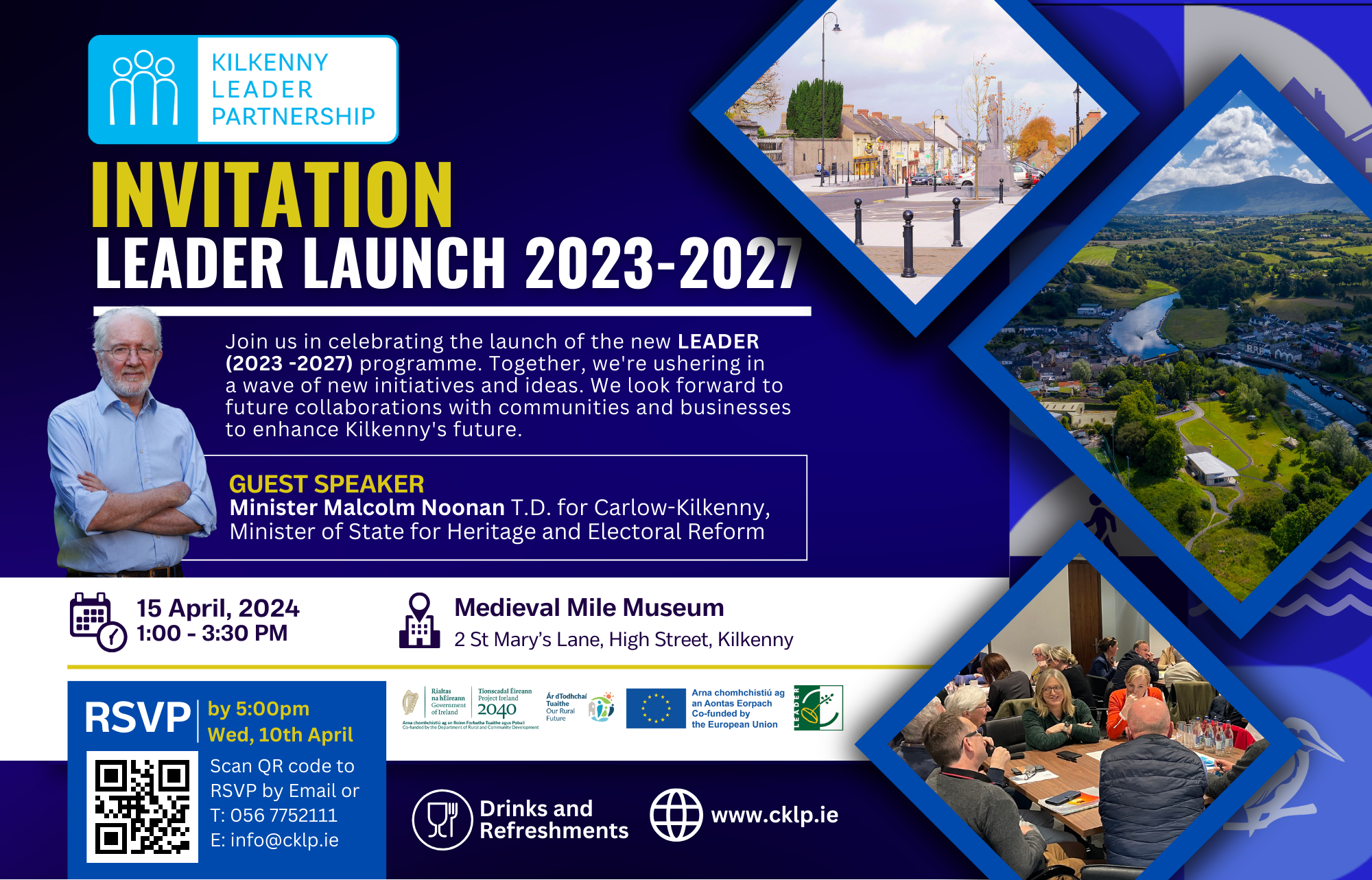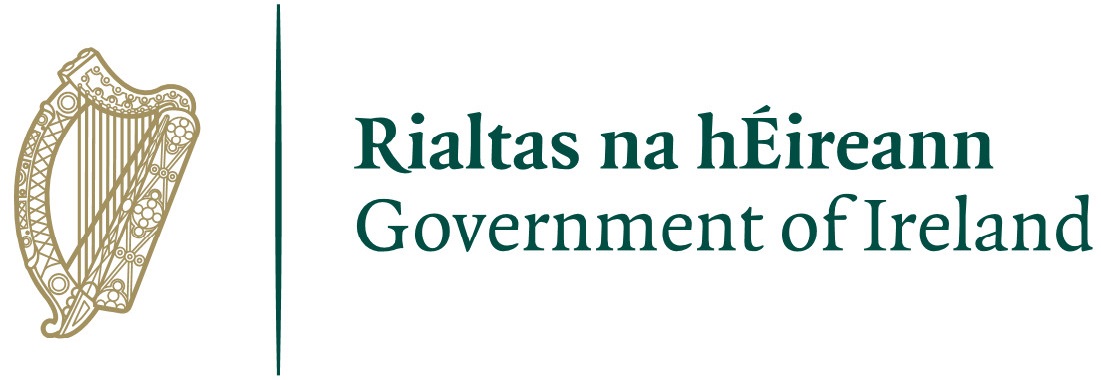In what has been a frantic year of activity, Kilkenny LEADER Partnership (KLP) staff took the opportunity of the calmer period in August to take a collective two-week holiday. Back to work for all tomorrow and the usual discussion in workplaces of the places visited and the likes and dislikes. This blogger had a quiet holiday in various parts of the country; not quite a planned ‘staycation’ but close enough! A couple of weddings, garden chores and a few short trips was the sum of it. You’ll be delighted to learn that I enjoyed it and that the weather was not too unaccommodating- particularly with the gardening!
The Skelligs Experience Starts with the Journey
The highlight of the break was a trip I made to the Skellig Rocks (or islands) off the Kerry coast. These twin sentinels of a few hectares each stand craggy and enticing some nine to ten miles of the Iveragh Peninsula. It’s hard to over-hype the experience of visiting the Skelligs. Just getting a place on the boats that leave from Portmagee and Ballinskelligs is hard in the high season and at €45 to €50 per return trip, it’s not cheap. Following a bit of phoning around, our thanks to Declan Murphy of Fáilte Ireland, we finally secured a couple of spots and we left from Ballinskelligs on a beautiful Wednesday morning. The eleven-person passenger list comprised American, British and Irish visitors. Several un-booked prospective travellers had to be left disappointed on the pier as we pulled out into the smooth-as-glass Saint Finian’s Bay.
The islands are the site of some of the largest seabird breeding grounds in the world. The puffins had left for the wide Atlantic Ocean by the time we got there this week, but gannets, guillemots, manx shearwater and storm petrel colonies hang from every available ledge on slightly smaller Little Skellig. The rock is an amazing sight even for the non- bird-watcher, but as a nature reserve the boats cannot land on that rock and the real interest for many is the larger Skellig Michael, (for Saint Michael, the patron saint of ‘high places’). The island with its towering peaks home to its own bird colonies and the brace of nineteenth century lighthouses erected with great effort to protect the shipping traffic of the world from the rocky Kerry coast. Both of these attractions have their fans and we met an international group who came only to view the lighthouses!
The Iconic View & the OPW Role
But for most it is the 600 steps to the beehive huts of 6th century Celtic monastery that is the main draw of the Skelligs. Hanging on a man-made terrace, generations in the creation, a hundred meters or so up the cliff-sides of the island, the simple monastery would have been on the edge of the known European world. It’s a magical and humbling place and in good weather the views are truly breath-taking. And that is getting close to the point of the blog posting. The Office of Public Works (OPW) provides a very good guide service on Skellig Michael and if the energetic warnings on the dangers of the 600 steps and cliff-drops don’t deter you from tackling the climb, you will be rewarded with a rigorously factual and fascinating account of the monastery that avoids any unsupported speculation.
And herein lies the rub! The OPW sees its role here- as elsewhere as conservation and protection of our national heritage sites, not necessarily, or even tangentially as the promotion of visitors and tourism. I recall being informed a few years ago that entrance fees at OPW sites was primarily determined as a way of controlling number- not raising income. Nothing wrong with that of course, but sometimes the conservation approach seems to almost delight in not ‘bending the knee’ to the tourism agenda. I offer the apparently minor instance of how the OPW have chosen to protect the later medieval church with scaffolding. The south-eastern view through the elegant and narrow arched window of the ruin framing Little Skellig is iconic. It features on the cover of the guidebook of the estimable Skellig Heritage Centre’s on Valentia Island and on the centres website splash-page. www.skelligexperience.com/skellig_experience.html If you Google the words ‘Skellig’ and ‘window’ it will feature heavily in the images thrown up. Over the decades numerous visitor guides have used the image. Like I say; it’s iconic. So what do the OPW do when it has an undeniable need to protect the church structure? It places scaffolding for no obvious structural reasons that mar that famous view. Was there no other way to protect the structure? Or did the OPW decide that to deter the nuisance of photographers clambering over vulnerable structures, they would ruin the view and deter the tourist hordes? You might suggest that even if this action is regrettable and a bit drastic, it is still justifiable. Or maybe there really was no other way to protect the structure?
Does Conservation need Tourism’s Support?
But I think it is true to say that over the years there has been a growing frustration with the OPW’s seeming reluctance to engage with tourism interests. For a case in point; the wider opening and use of Kilkenny Castle is a long-running grumble in the county. Remember in the early 1960s the Duke of Ormonde granted the building to the people of Kilkenny, so they probably have a right to expect a real say in its use. A director’s seat was provided for the OPW on the Board of Kilkenny Tourism a couple of years ago to encourage enhanced engagement, but poor attendance has led to the nomination being discontinued this year. I suggest that the OPW would be wise to revaluate its position on tourism? Nobody wants to kill the ‘goose that lays the golden egg’ and damage our valuable heritage but we need to make the best use of what we have. And tourism is one of our few and best hopes of working our way out of the severest economic crisis we have ever faced. Why no offer on interpretation of the lighthouse history and natural heritage? Why not an offer of a guidebook or for that matter, why is there no mention of the Skellig Heritage Centre by the OPW on the island?
Travelling around Kerry in the sun this week convinced me of the great product we have. No apologies for using the ‘P’ word. We are still a little bit too expensive, but we do offer a superior experience. Visiting the Skelligs confirmed that we still have some way to go if we are to make the most of what we have to offer. Am I making too much of a barred window view? Possibly, but I suggest the future of heritage conservation is inextricably linked to the value a society place on it. Some of that is intrinsic and some is financial. Today is the start of Heritage Week– a great innovation, but let us collectively realise that the concept can only thrive if it is supported by civil society as a whole. Time to recognise that and make the effort- while heritage can still set the agenda.







![23-27 LEADER Programme Logos-2040 logo Text PNG[29] 23-27 LEADER Programme](http://cklp.ie/wp-content/uploads/23-27-LEADER-Programme-Logos-2040-logo-Text-PNG29.png)




